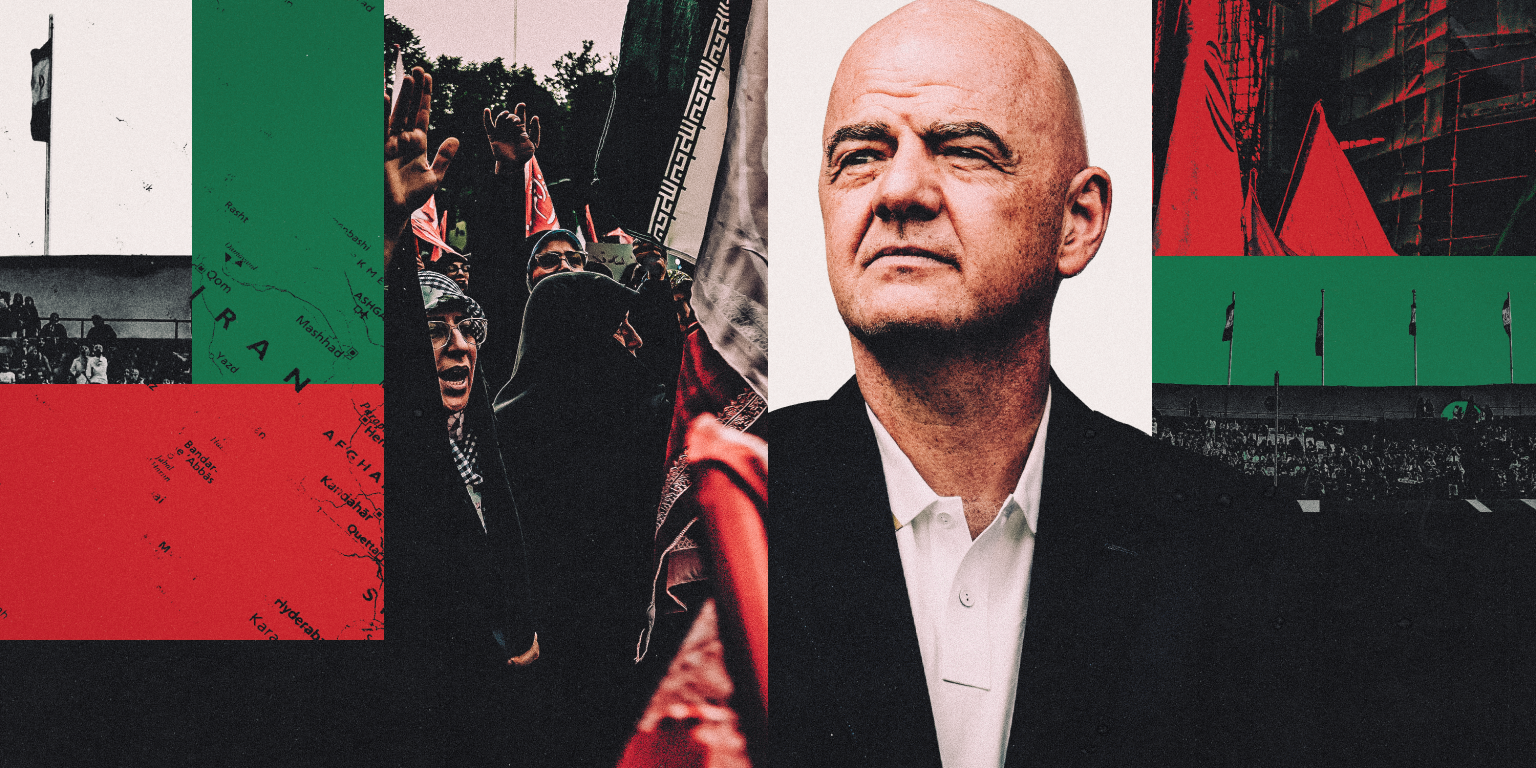Since the Islamic Revolution of 1979, women in Iran had been banned from attending men’s football matches, a misogynistic restriction that was being intensely enforced by the state through arrests, painful punishments and even forced exiles. This finally changed in December 2023, when around 3,000 women were allowed to witness the Tehran derby between Persepolis and Esteghlal. However, despite this seemingly progressive development, women’s presence at football stadiums in Iran remains regulated and there has been no clear stand from Iranian authorities or the International Federation of Association Football (FIFA) on the matter.
FIFA’s President, Gianni Infantino, acclaimed the change on Instagram and emphasized that the progress was a result of the steady dialogue between FIFA and the Islamic Republic of Iran Football Federation (FFIRI). Yet, he failed to mention that women’s tickets were still limited to 3% of the stadium capacity and their presence was segregated to the corners with poor views of the pitch. Several activists and campaigners who had been striving for gender equality in the sport criticized Infantino’s claims, accusing him of ‘rewriting the story’ and ignoring the decades-long struggle and sacrifice of Iranian women.
Infantino, who came into power in February 2016 following a regime of corruption under former FIFA president Sepp Blatter, had met with Iranian authorities in 2018, assuring them of a mediating role in regional disputes and even attending the Tehran derby. Yet, his visit was marred as 35 women were arrested outside the stadium for attempting to enter. The FIFA president was disparaged for not addressing the gender-discriminatory ban publicly during his visit. This incident underscored the hypocrisy of Iran’s ban on women at football matches, which directly contradicts FIFA’s own rules against gender-based discrimination.
Persistent advocacy by campaigners has led to some changes but the journey has been perilous, especially for women who have risked severe punishments, up to 15 years in prison, for flouting the ban. As a result, they resorted to using pseudonyms and online activism for fear of being identified. The regime, however, continued to suppress the movement through coercion and persecution. For instance, in March 2019, a female football fan, Sahar Khodayari, was detained for disguising herself as a man to watch a match, an action that led to her receiving a jail sentence, setting herself on fire in protest, and eventual death.
Ironically, as the discriminatory ban dragged on, Iran remained part of the World Cup tournaments, with many critics arguing that FIFA’s failure to exclude it was instrumental in perpetuating the gender-based discrimination. Amnesty International described the move by Iranian authorities to allow women to watch Iran’s match against Cambodia in the Azadi stadium in October 2019 as a mere publicity stunt. Resistance against this gender-discriminatory policy surged in 2022 after the arrest and subsequent death of a 22-year-old Iranian woman, Mahsa Amini, sparking mass protests and calls for Iran’s expulsion from the World Cup.
Efforts by the Open Stadiums organization and other activists to eliminate the gender segregation in Iranian stadiums have led to some progress. Still, the battle is far from over. The recent election of reformist Masoud Pezeshkian as Iran’s president sparks hope for change. However, facilitating a sustainable and equal environment of viewing football matches in Iran requires not just a change in the statutory decree but a radical shift in the societal and cultural mindset. Despite the hurdles and ongoing oppression, campaigners intend to continue their fight for a football-watching experience that’s untainted by gender barriers in Iran.


